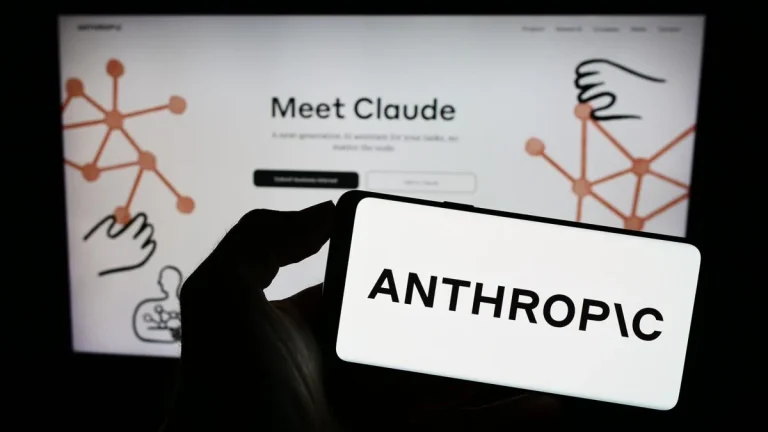
After two years of regulatory hoops, awkward pauses, and “try again later” moments, Paytm has officially secured the Reserve Bank of India’s in-principle approval to run as an online payment aggregator. Translation? The fintech giant can once again onboard online merchants and handle payments directly — something it’s been barred from doing since late 2022.
The backstory is spicy: Paytm was initially denied this license due to India’s strict rules on investments from countries sharing a land border. That put the brakes on new merchant signups, though the company played it cool, saying the impact on business was minimal. Fast forward — founder Vijay Shekhar Sharma reapplied, Ant Group fully exited with a $454M stake sale, and here we are.
This win comes after another RBI sting in 2023, when Paytm Payments Bank was banned from taking fresh deposits or credit transactions. Paytm didn’t sulk — it pivoted fast, teaming up with big guns like Axis Bank, HDFC, SBI, and Yes Bank to keep payments flowing.
With the new license in hand, Paytm can now process card payments, net banking, and UPI transactions for online merchants, while regaining control over more of its payment ecosystem — from offline QR sound boxes to its online gateway. There’s a catch, though: Paytm must pass a full system and cybersecurity audit within six months or risk losing the license.
In the UPI arena, Paytm sits in third place behind PhonePe and Google Pay, handling 1.27 billion transactions worth about ₹1.34 trillion in June. Still, it’s building a broad portfolio — hardware, software, lending, merchant services — to keep consumers and merchants hooked.
Financially, it’s back in the green, reporting ₹1.23B (~$14M) net income in Q1 FY2026, flipping from last year’s loss. Revenue jumped 28% year-over-year, and investor confidence is creeping back with a 13% stock rise in 2025.
For Paytm, this isn’t just a license — it’s a reset button. And in fintech, comebacks often hit harder than debuts.







